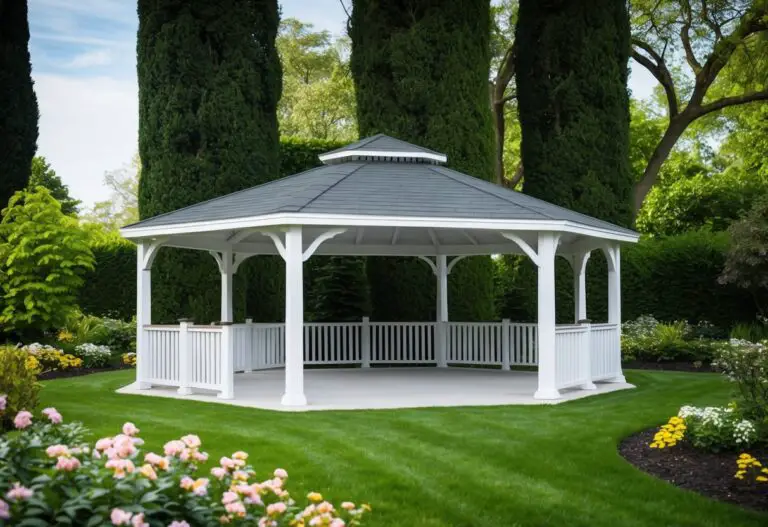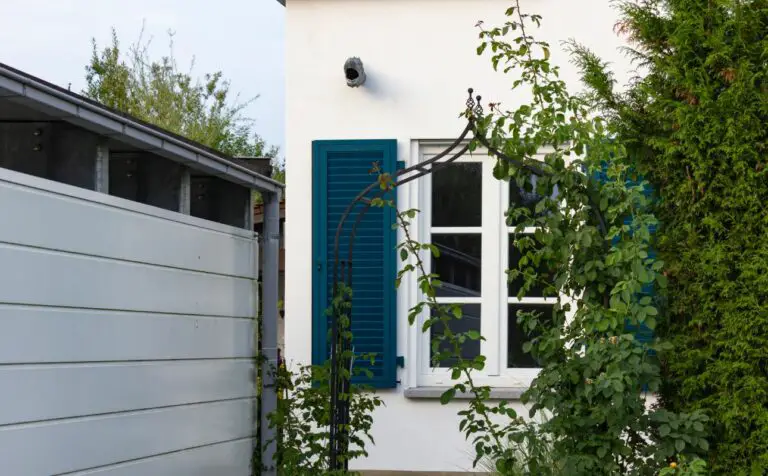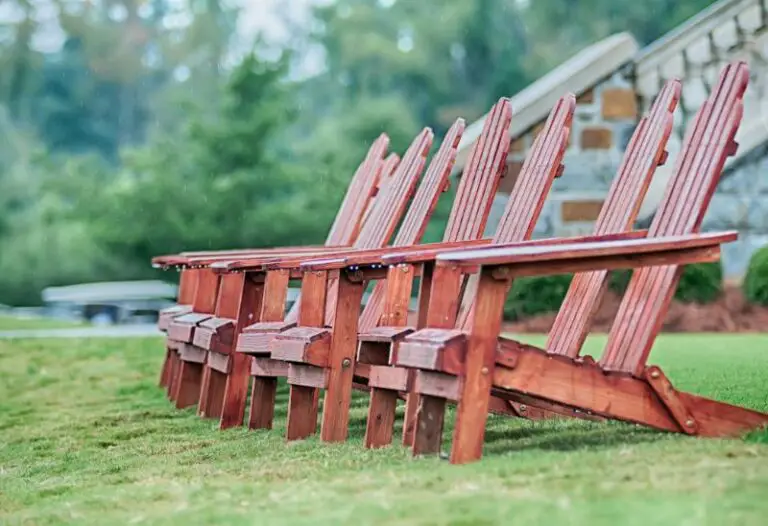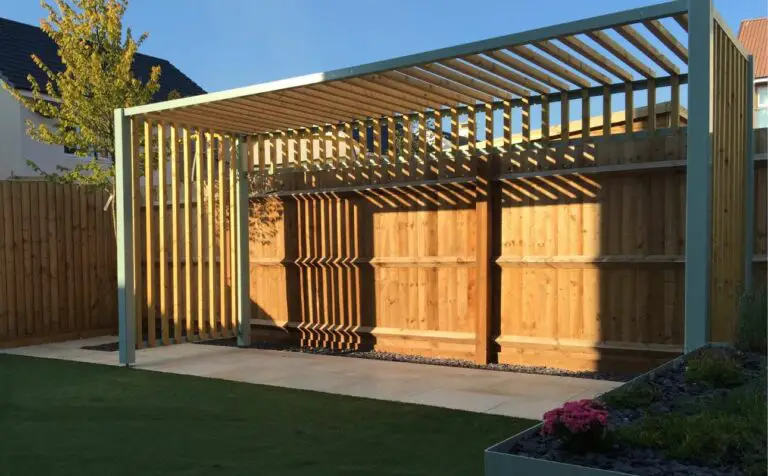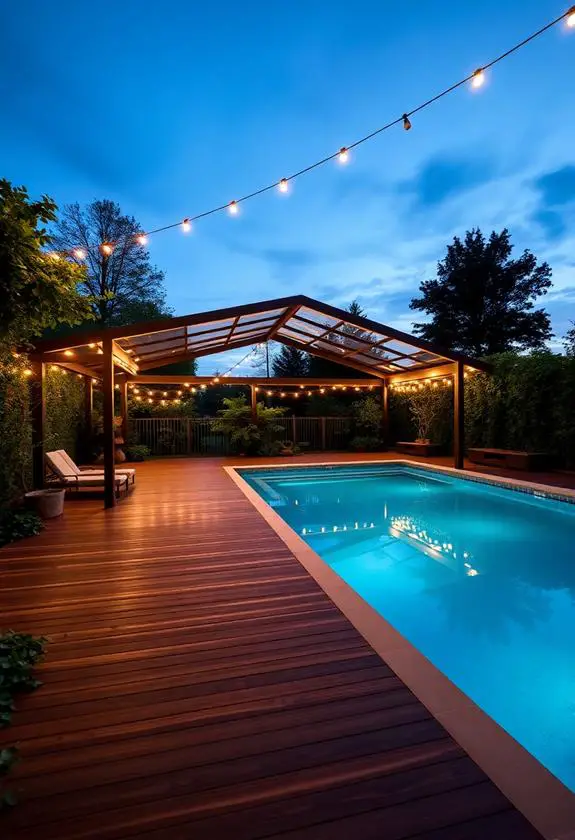Pergolas are a popular outdoor feature that can add beauty and functionality to any home or garden. One important consideration when planning a pergola is whether to attach it to the house or make it freestanding.
Attaching a pergola to the house can be a practical choice, as it provides additional support and stability while also creating a seamless transition between indoor and outdoor living spaces. It may also limit flexibility in terms of design and placement.
On the other hand, a freestanding pergola can offer greater design freedom and flexibility in placement but may require additional support structures and can be more difficult to maintain.
This article will explore the pros and cons of both options, as well as offer insights and considerations for making the best decision when it comes to building a pergola for your home.
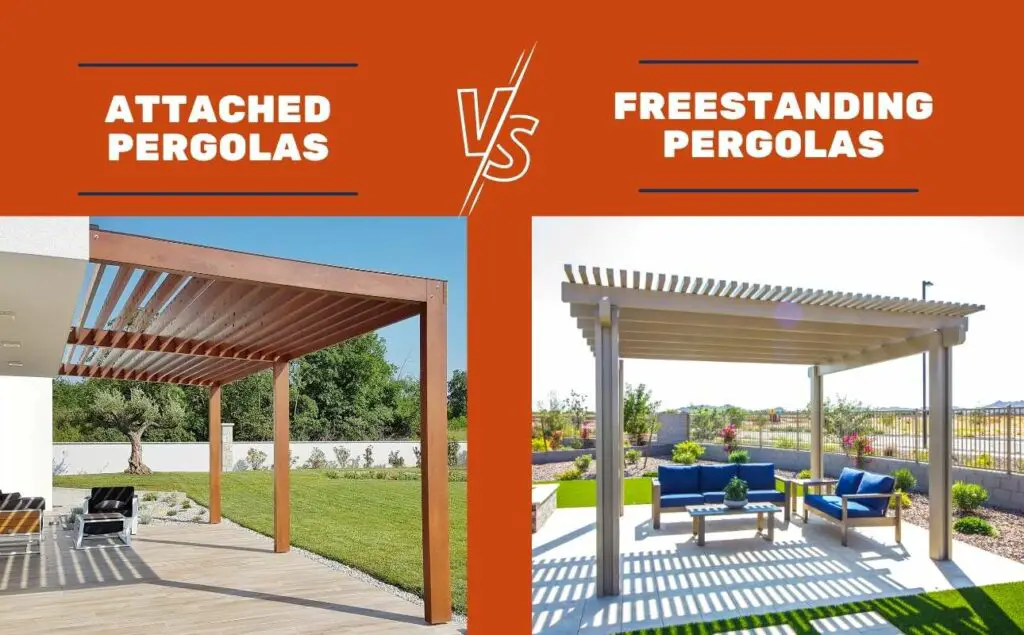
Pros And Cons of Attaching A Pergola to the House
Pros of Attaching a Pergola
- Structural Support
One of the biggest advantages of attaching a pergola to your house is that it provides additional structural support. This means that the pergola will be more stable and better able to withstand heavy winds or other harsh weather conditions.
- Seamless Transition
An attached pergola can create a seamless transition between your indoor and outdoor living spaces. It can provide an extension to your home, giving you more space to entertain guests or relax outside.
- Easy Access
If your pergola is attached to your house, it will be easier to access your home if you need to go inside quickly. You won’t need to walk across your yard or garden to get back into your house.
- Cost-Effective
Attaching a pergola to your house can be a cost-effective option, as it only requires one side of the structure to be built. This can save you money on materials and construction costs.
- Protection
An attached pergola can offer protection from the elements, such as rain or harsh sunlight, as it can be built with a roof or canopy.
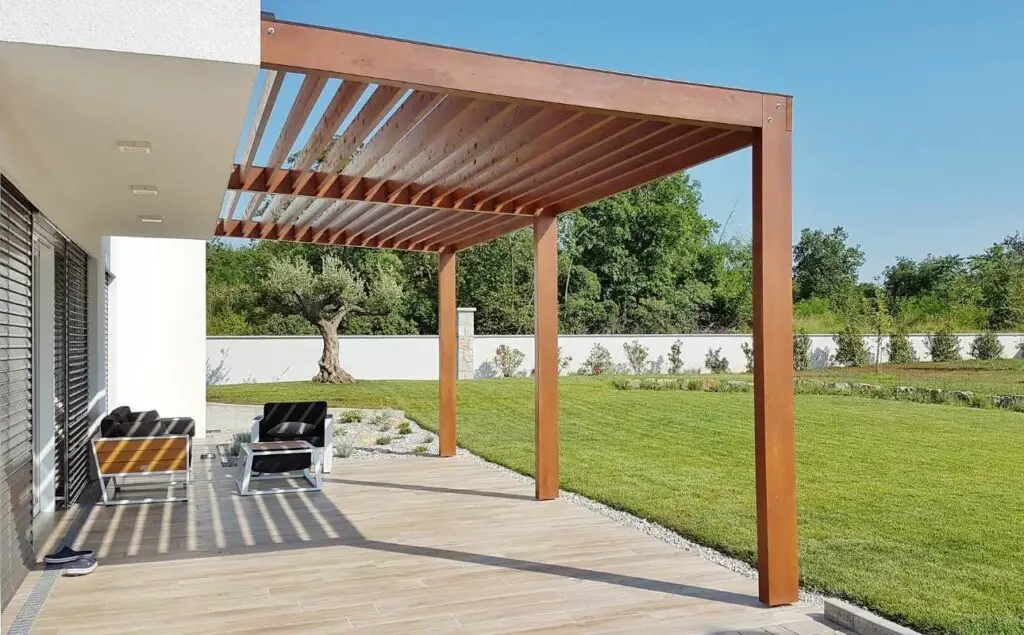
Cons of Attaching a Pergola
- Limited Design Options
Attaching a pergola to your house can limit your design options. You will need to work with the existing structure of your home, which may not be suitable for your desired pergola design.
- Moisture and Pests
An attached pergola can be more prone to issues with moisture and pests, as it is directly attached to your home. This can lead to problems with mould, mildew, and insect infestations.
- Permit Requirements
Depending on where you live, you may need to obtain permits before attaching a pergola to your house. This can be a time-consuming and expensive process, adding to the overall cost of your project.
Pros And Cons of Freestanding Pergolas
Freestanding pergolas are a popular outdoor feature that can add beauty and functionality to any outdoor space. Here are some of the pros and cons of freestanding pergolas:
Pros Of Freestanding Pergolas
- Design Flexibility
Freestanding pergolas offer design flexibility and can be customized to fit any outdoor space. They can be built in various sizes, shapes, and materials to match the design of the surrounding landscape.
- Versatility
Freestanding pergolas can be used for various purposes, including creating an outdoor dining area, providing shade over a seating area, or adding visual interest to a backyard.
- Increased Property Value
A well-built and well-maintained freestanding pergola can add value to a property, enhancing its appeal to potential buyers.
- Easy to Install
Freestanding pergolas are relatively easy to install and do not require attachment to existing structures, making them a great option for homeowners who want to add a unique feature to their outdoor space.
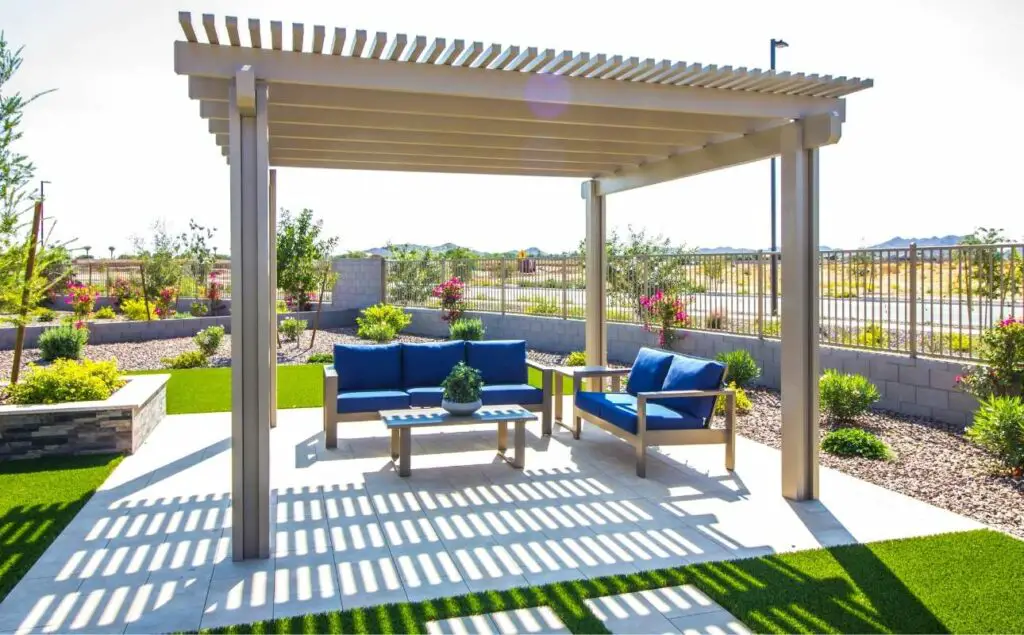
Cons of Freestanding Pergolas
- Exposure to the Elements
Freestanding pergolas are exposed to the elements, which can cause wear and tear over time. They may require regular maintenance to keep them looking and functioning at their best.
- Cost
Freestanding pergolas can be expensive, depending on the size and materials used. They may require additional costs such as permits, materials, and labour.
- Limited Functionality
Freestanding pergolas are limited in functionality compared to other outdoor structures such as pavilions or gazebos, as they do not provide complete shelter from the elements.
Factors To Consider When Making A Decision: Which one to Choose for Your home
Choosing between an attached or freestanding pergola for your home can depend on a variety of factors. Here are some important considerations to help you make a decision:
- Home Design
One of the most important factors to consider is your home’s design. An attached pergola can complement the architectural style of your home and create a seamless transition between indoor and outdoor living spaces. On the other hand, a freestanding pergola can add visual interest and create a focal point in your yard.
- Outdoor Space
Consider the size and shape of your outdoor space when choosing between an attached or freestanding pergola. An attached pergola may be a better option if you have limited outdoor space or want to create a defined outdoor living area. A freestanding pergola can be a better choice if you have a larger yard and want to create a separate seating area.
- Functionality
Think about how you plan to use your pergola when making a decision. An attached pergola can provide a sheltered area for outdoor dining or entertaining, while a freestanding pergola can create a shaded retreat for relaxation and outdoor lounging.
- Maintenance
Consider the maintenance requirements of each type of pergola. An attached pergola may require less maintenance as it is attached to an existing structure, while a freestanding pergola may require more maintenance as it is exposed to the elements.
Different Types of Attached Pergolas
Attached pergolas are a popular option for homeowners looking to add shade and style to their outdoor living space. There are several different types of attached pergolas, each with its own unique design and features.
Here are a few examples:
- Wall-Leaning Pergolas
Wall-leaning pergolas are the most common type of attached pergola. As the name suggests, they are attached to a wall of your home or another structure, such as a pool house. This type of pergola is ideal for smaller outdoor areas, such as patios or decks, where space is limited.
- Roof-Mounted Pergolas
Roof-mounted pergolas are attached to the roof of your home or another structure. They provide a seamless transition between your indoor and outdoor living spaces and can be used to create a covered outdoor dining area or seating area.
- Freestanding Pergolas
Freestanding pergolas are not attached to any structure, but they can be placed close to your home to create a seamless transition between your indoor and outdoor living spaces. They are ideal for larger outdoor areas, such as gardens or backyards, where space is not an issue.
- Hybrid Pergolas
Hybrid pergolas combine the best of both worlds – they are attached to a wall of your home or another structure, but they also have freestanding posts to provide additional support.
This type of pergola is ideal for larger outdoor areas, where you want the structure to be attached to your home for stability, but also want the flexibility to move it around if necessary.
Attached or Freestanding: Which one is best?
If you’re looking for a seamless transition between indoor and outdoor living spaces and have limited outdoor space, an attached pergola may be the best choice.
On the other hand, if you’re looking for greater design flexibility and versatility, a freestanding pergola may be the way to go.
If you’re concerned about cost, an attached pergola may be less expensive. However, if you’re willing to invest in a well-built and well-maintained freestanding pergola, it can add significant value to your property. Consider your budget, design preferences, and outdoor space when making your decision.
The Bottom Line
A pergola can last longer if it is taken care of regularly, and a well-built and well-kept pergola can increase the value of a home. Whether you choose an attached or freestanding pergola, it can create a comfortable and welcoming outdoor living space for you and your family to enjoy for years to come.
To make sure that your pergola is installed and maintained safely and correctly, you need to talk to professionals and follow building codes and rules.
Frequently Asked Questions
What Materials Are Best For Building A Pergola?
The best materials for building a pergola are wood, vinyl, and aluminum. Wood is the most common choice for its natural look and affordability, while vinyl and aluminum offer durability and low maintenance.
Can A Freestanding Pergola Be Attached To The House Later?
It is possible to attach a freestanding pergola to the house later, but it will depend on the design and structure of the pergola. It is recommended to consult with a professional to ensure the attachment is done safely and properly.
How Long Does A Pergola Last?
The lifespan of a pergola can vary depending on the material used and maintenance. Wood pergolas can last 5-15 years, while vinyl and aluminum pergolas can last up to 30 years or more. Regular maintenance can help prolong the life of a pergola.
Can A Pergola Add Value To A Home?
Yes, a well-built and well-kept pergola can increase a home’s value. It can improve the outdoor living space, make the house look better from the street, and give potential buyers something to look at.

